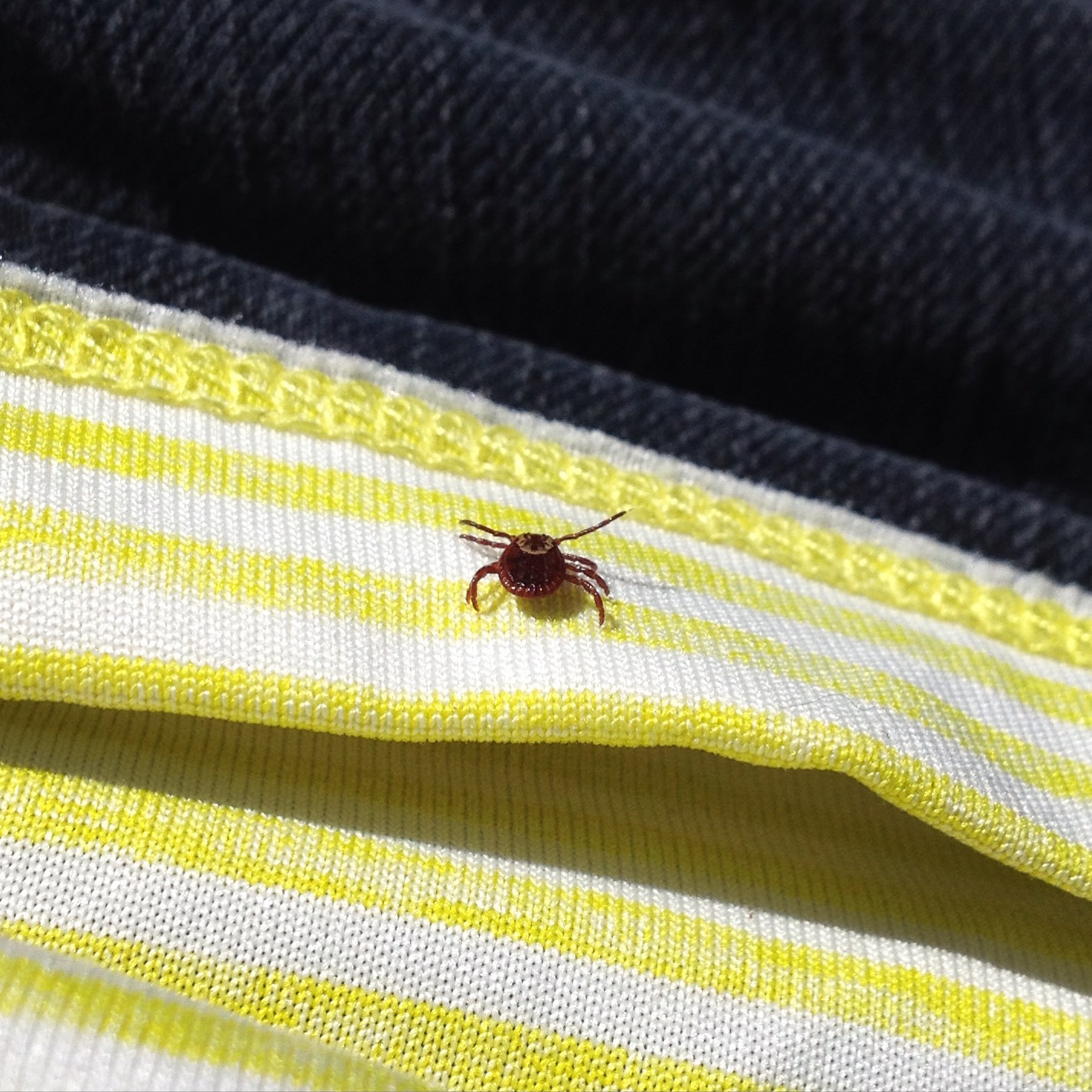When we think of Saskatchewan, Canada, images of picturesque landscapes, vast prairies, and breathtaking natural beauty come to mind. However, amidst the serene surroundings, it’s essential to be aware of the presence of ticks, tiny arachnids that can pose health risks. In this blog, we’ll explore some interesting facts about ticks in Saskatchewan, providing valuable insights and knowledge to help you stay safe while enjoying the great outdoors. It’s Tick Talk Time!
Tick Species in Saskatchewan
Saskatchewan is home to several tick species, including the American dog tick, the Rocky Mountain wood tick, and the black-legged tick. While each species has distinct characteristics and habits, all ticks are known to feed on the blood of mammals, birds, reptiles, and even amphibians.
Tick Habitats
Ticks thrive in various habitats throughout Saskatchewan. They prefer wooded areas, tall grasses, and shrubs, making it crucial to be cautious when exploring these environments. Additionally, ticks are often found in areas frequented by wildlife, such as deer, birds, and rodents, as they rely on these hosts for blood meals. Be cautious while you visit Beaver Creek Conservation Area during tick season!
Tick Life Cycle
Understanding the life cycle of a tick is vital in comprehending their behavior and implementing effective preventive measures. Ticks undergo four stages: egg, larva, nymph, and adult. During each stage, they require a blood meal to advance to the next phase. This means that ticks become more active and pose a higher risk to humans and animals during the nymph and adult stages.
Tick-Borne Diseases
Ticks are infamous for transmitting various diseases to humans and animals. In Saskatchewan, the black-legged tick, also known as the deer tick, is a primary carrier of Lyme disease. Lyme disease can cause severe symptoms, including fever, fatigue, joint pain, and even neurological complications if left untreated. While Lyme disease cases in Saskatchewan are relatively rare compared to some other regions, it’s crucial to remain vigilant.
Tick Prevention Tips
Preventing tick bites is essential for safeguarding your health. Here are some tips to help you minimize your risk of tick encounters:
- Wear protective clothing: When venturing into tick-prone areas, wear long-sleeved shirts, long pants, and closed-toe shoes. Tucking your pants into your socks can also create a barrier against ticks.
- Use tick repellents: Apply an EPA-approved tick repellent on exposed skin and clothing, following the instructions carefully. DEET-based repellents are effective against ticks.
- Conduct regular tick checks: After spending time outdoors, carefully inspect your body and clothing for any ticks. Pay close attention to hidden areas like the scalp, armpits, groin, and behind the ears.
- Modify your landscape: Reduce tick populations around your property by keeping lawns mowed, removing leaf litter, and creating a barrier between wooded areas and recreational spaces.
- Consult a healthcare professional: If you notice a tick bite or experience any concerning symptoms, promptly consult a healthcare professional for diagnosis and treatment.
While ticks exist in Saskatchewan, armed with knowledge and appropriate precautions, you can minimize the risks associated with these tiny arachnids. By understanding tick habitats, life cycles, and preventive measures, you can confidently explore the stunning landscapes that Saskatchewan has to offer, while keeping yourself and your loved ones safe from tick-borne diseases. Remember, awareness and vigilance are key when it comes to enjoying nature while protecting your health.




